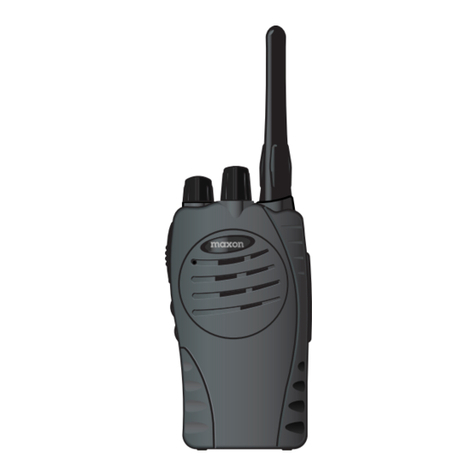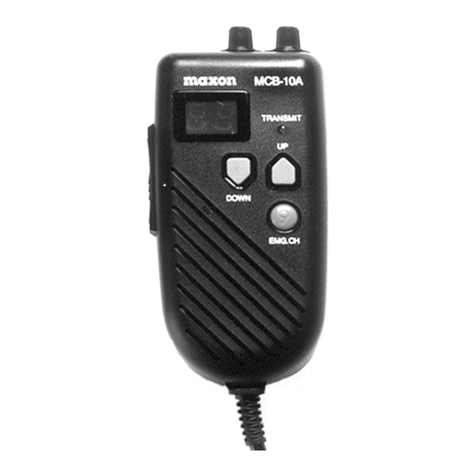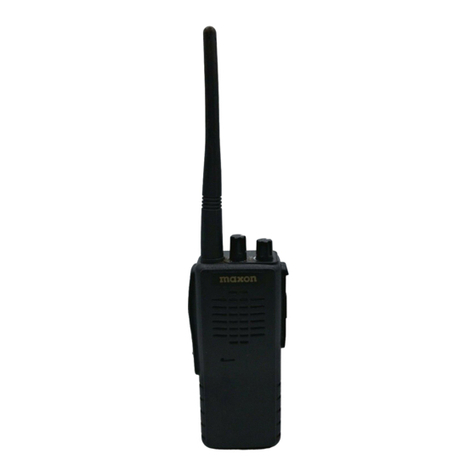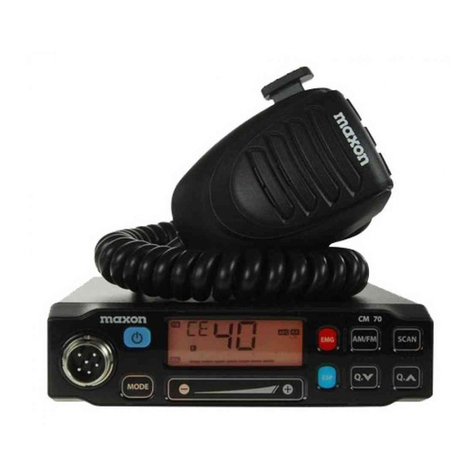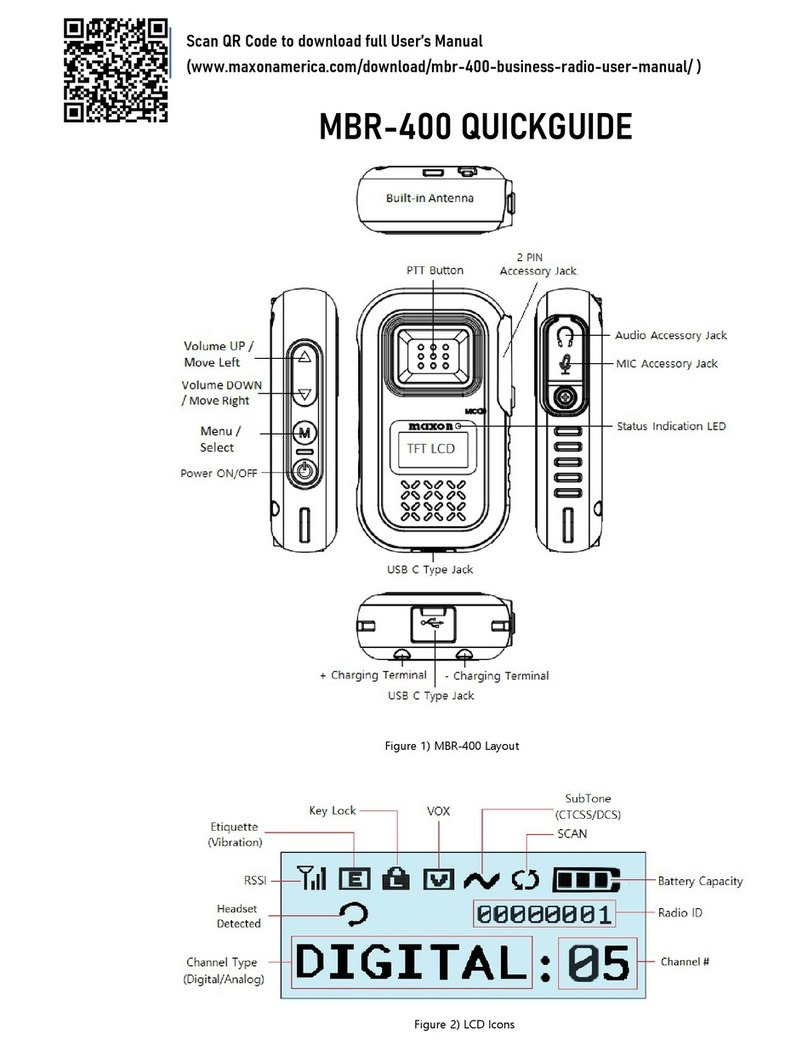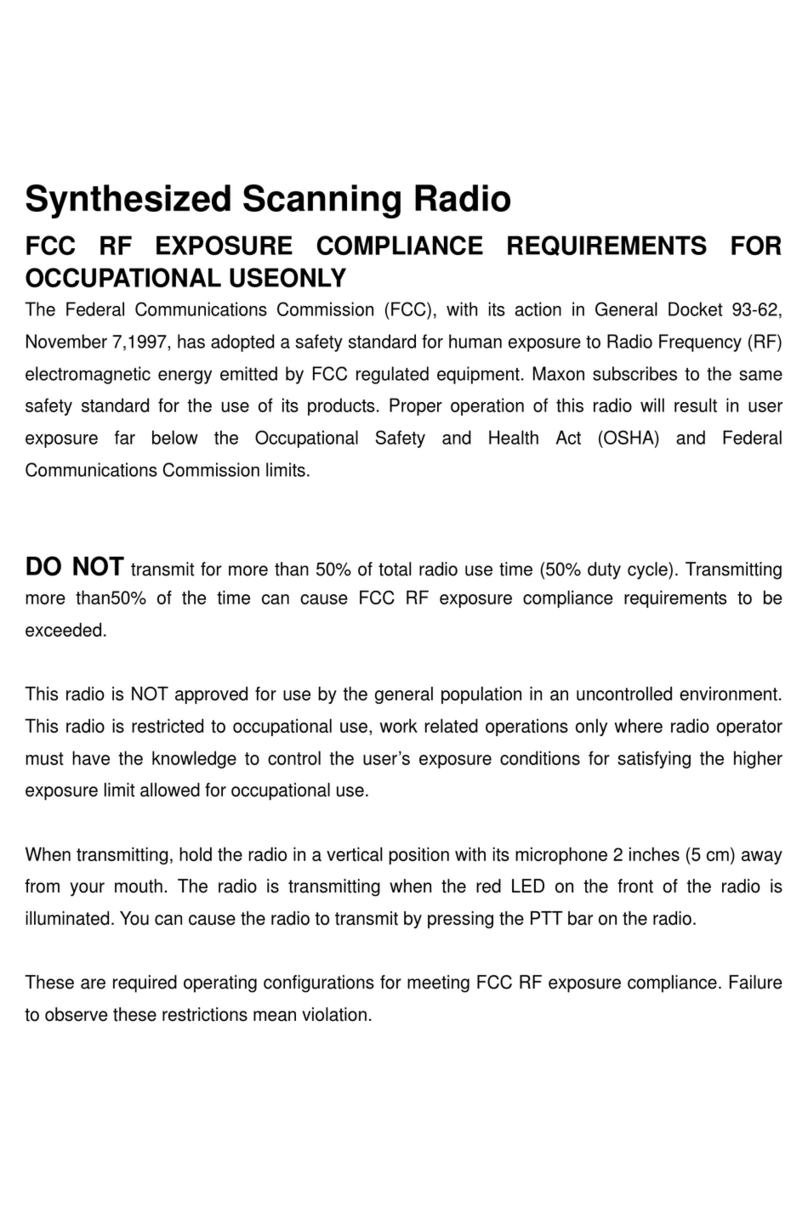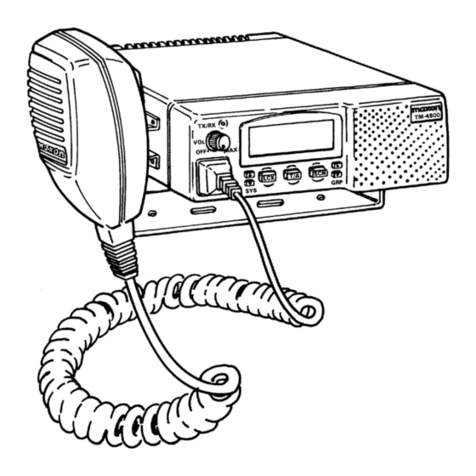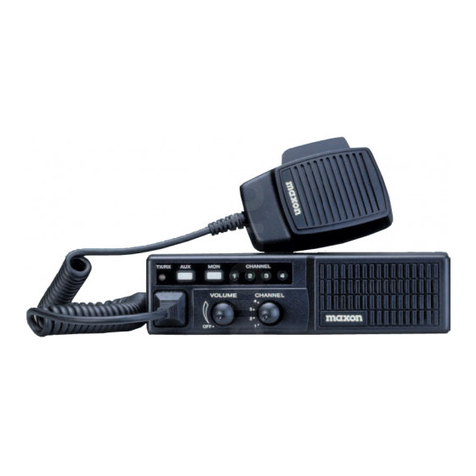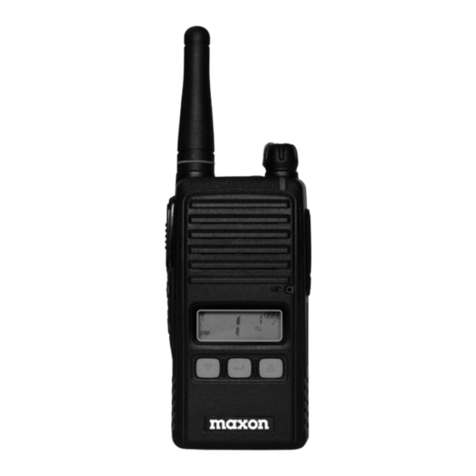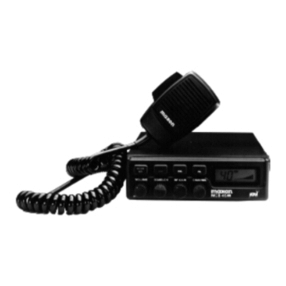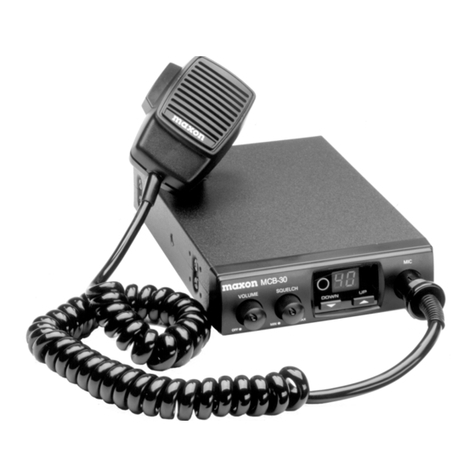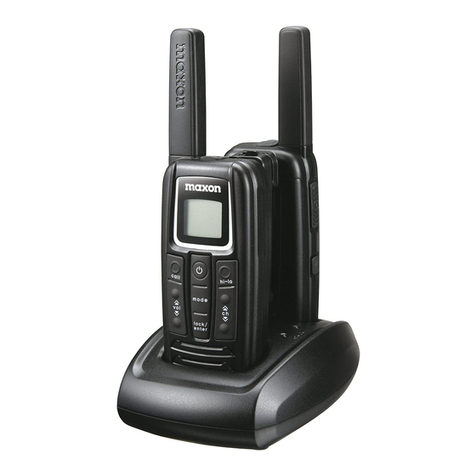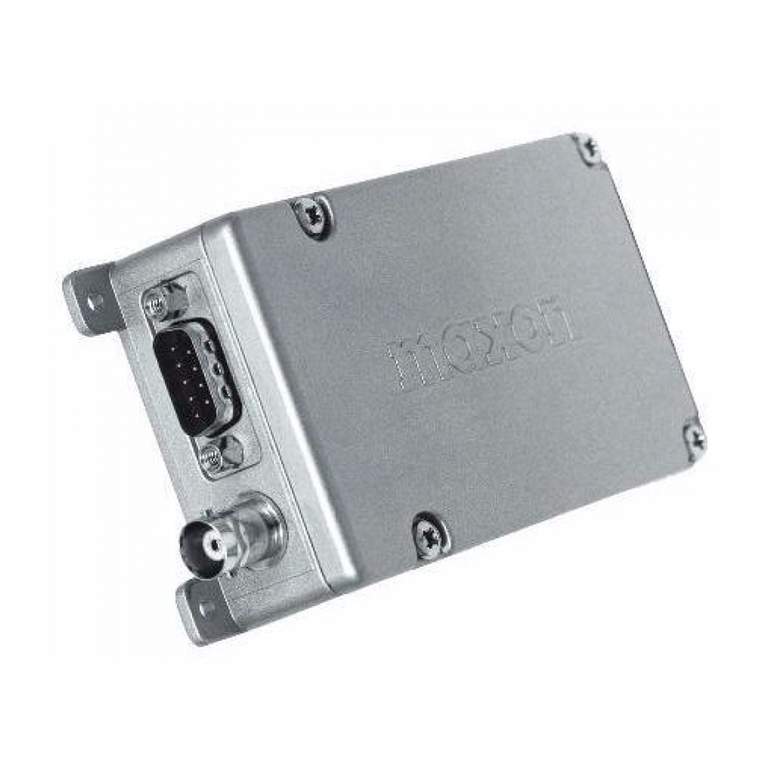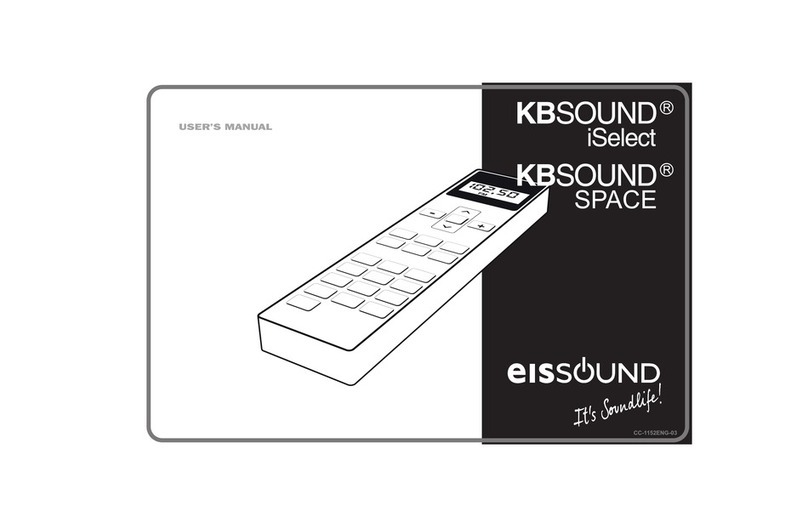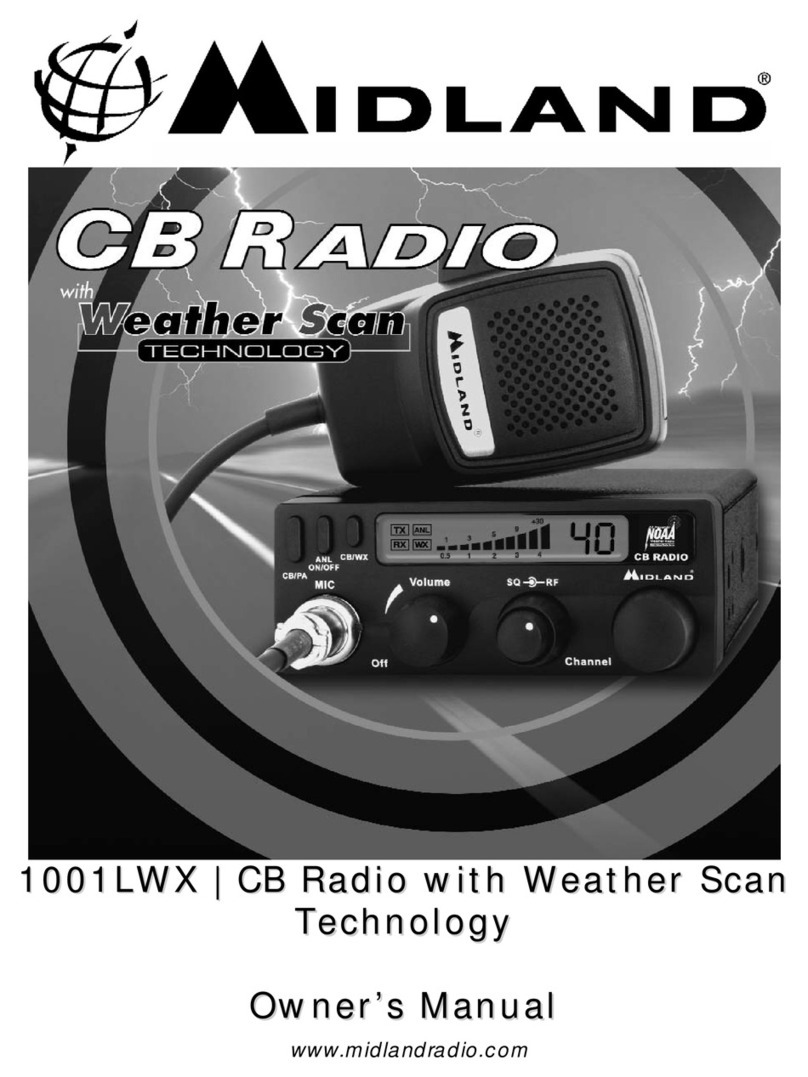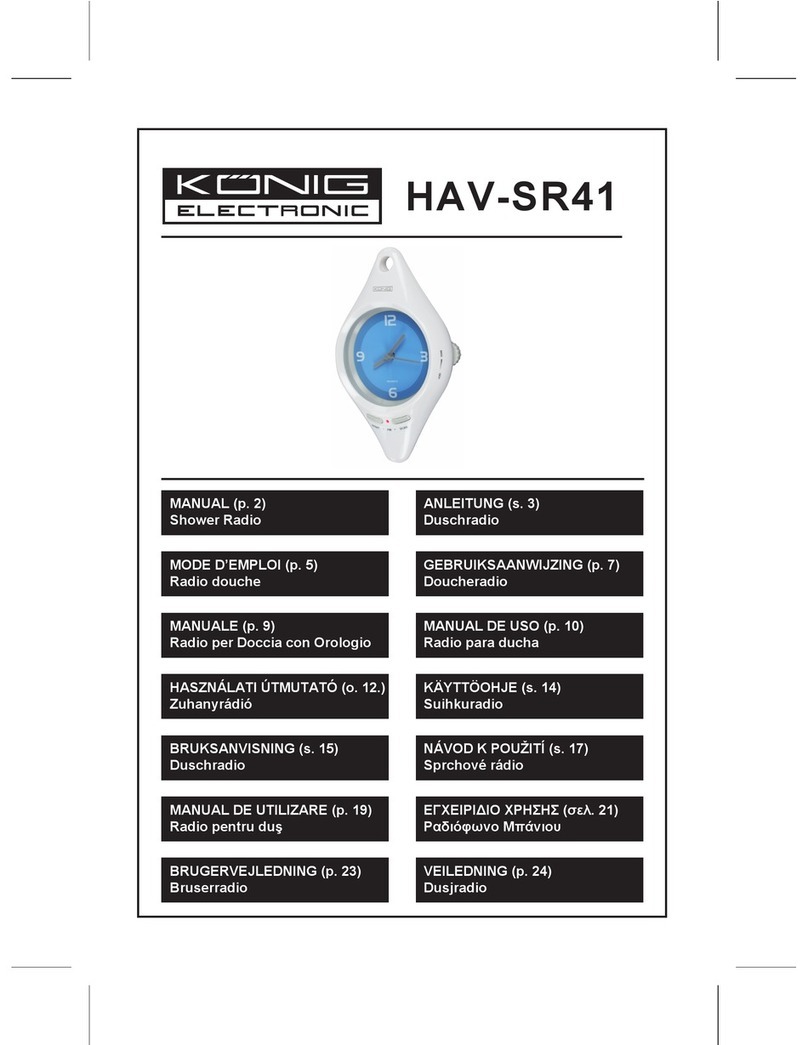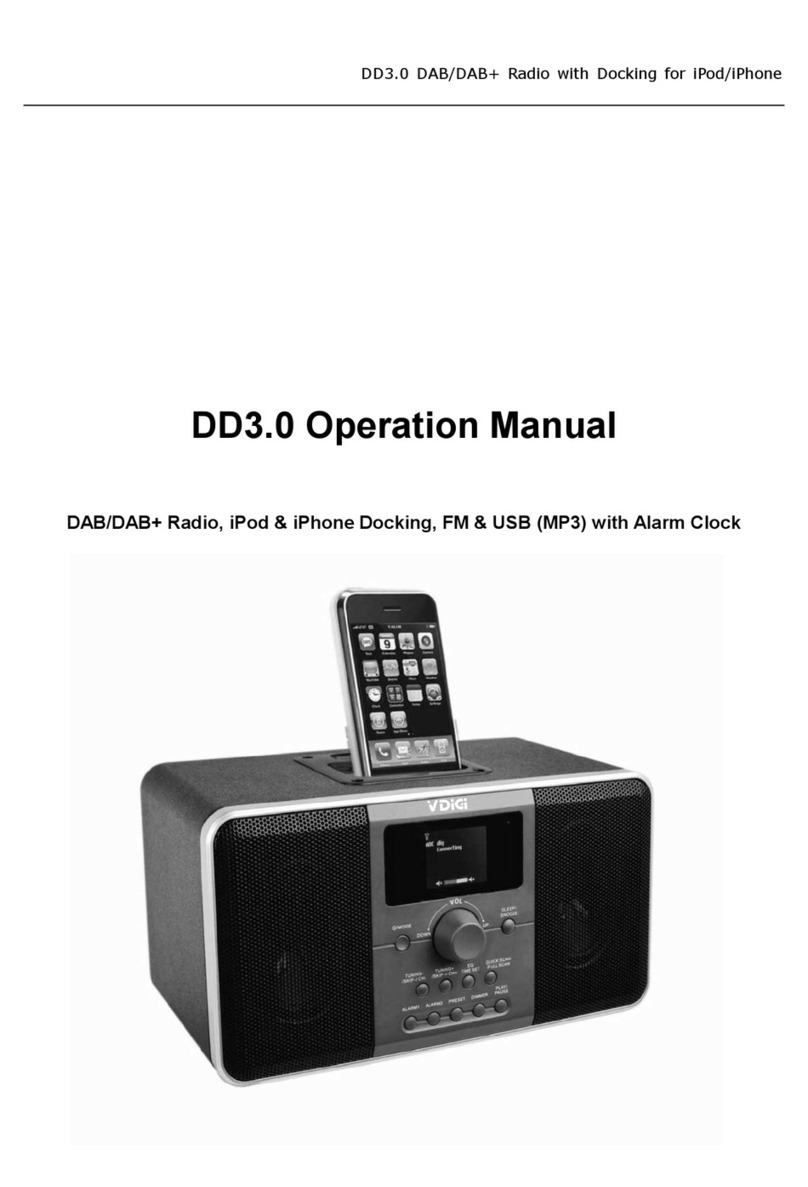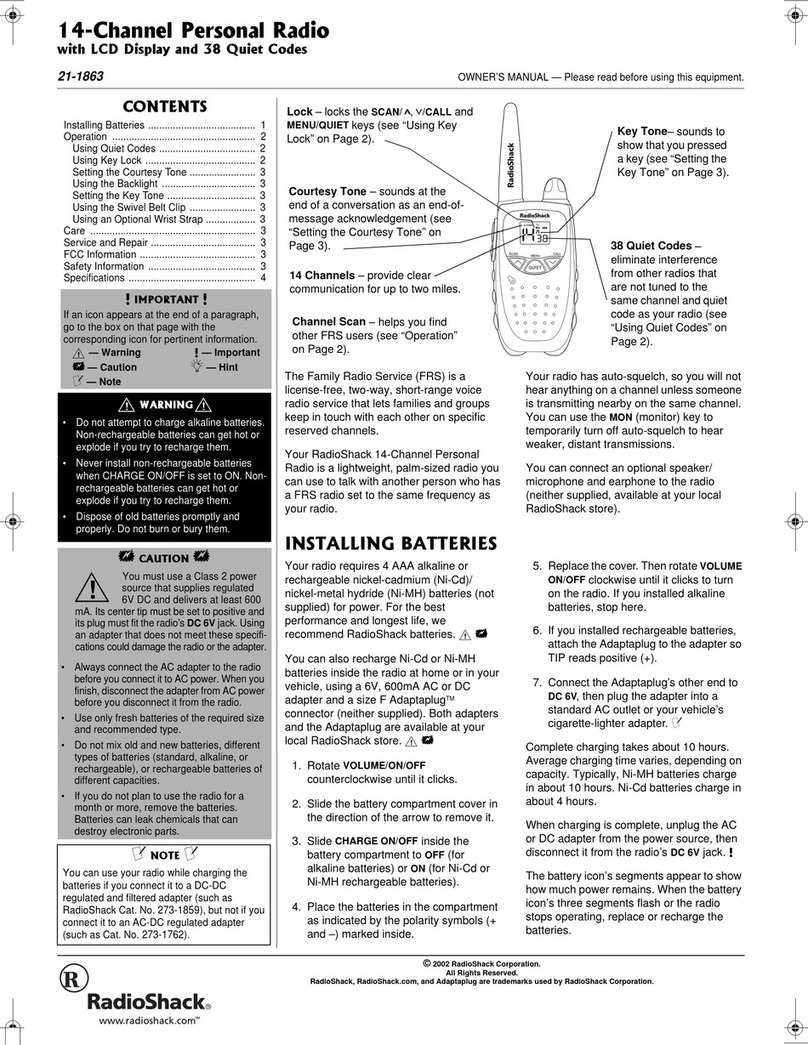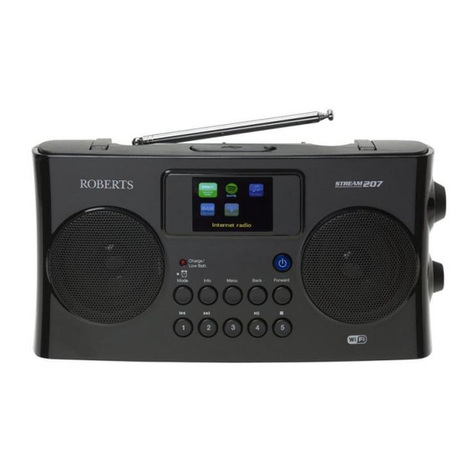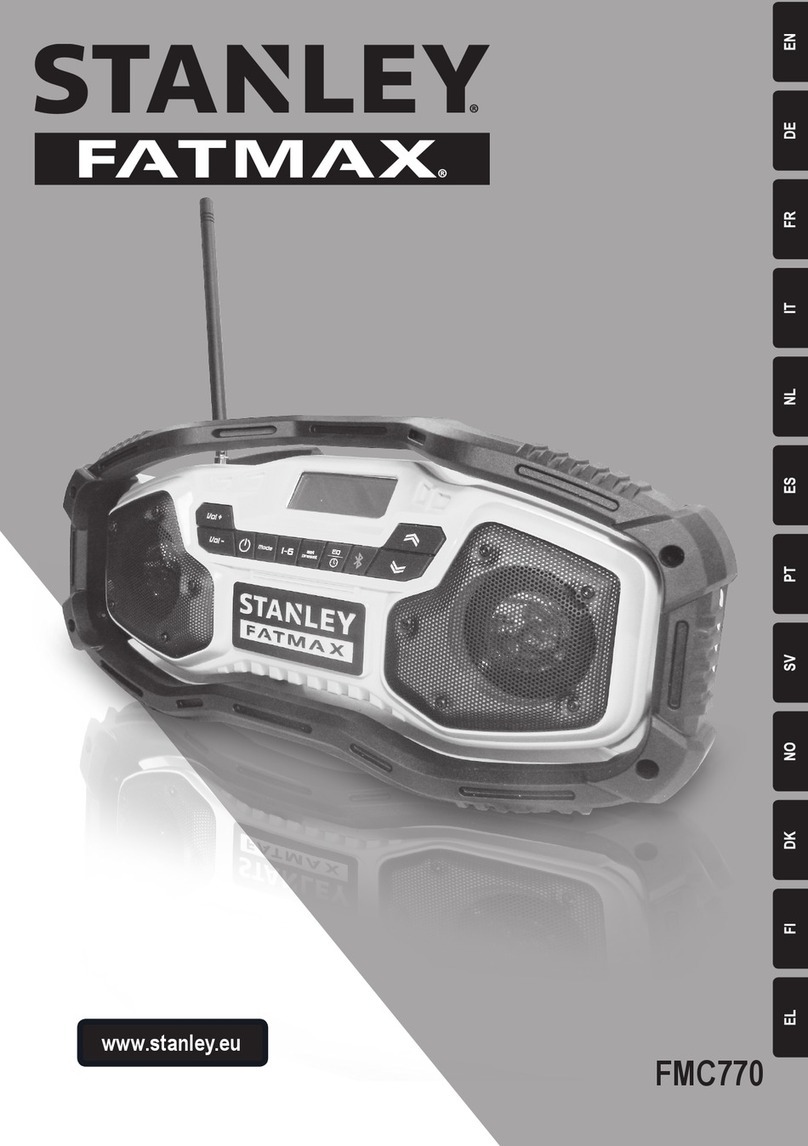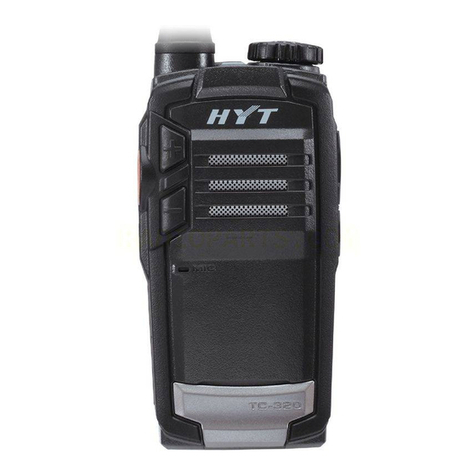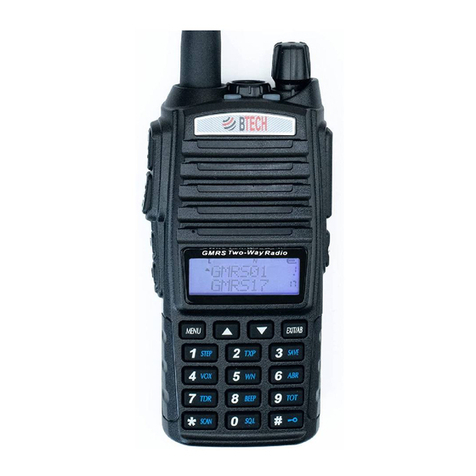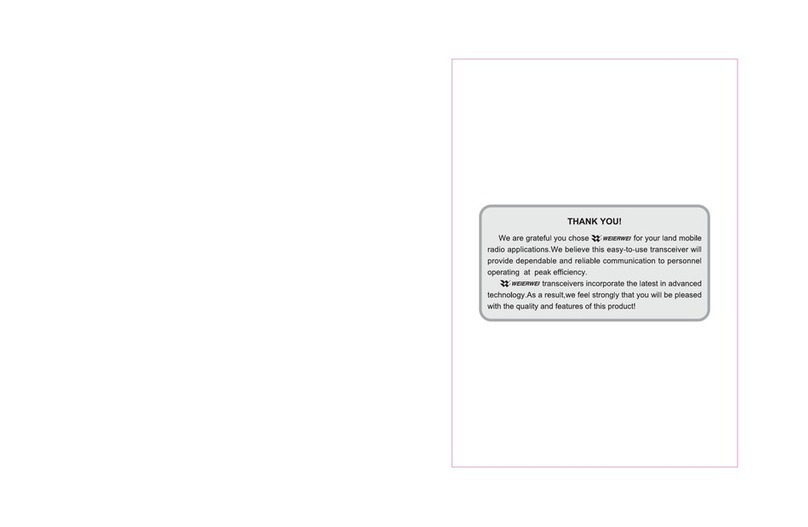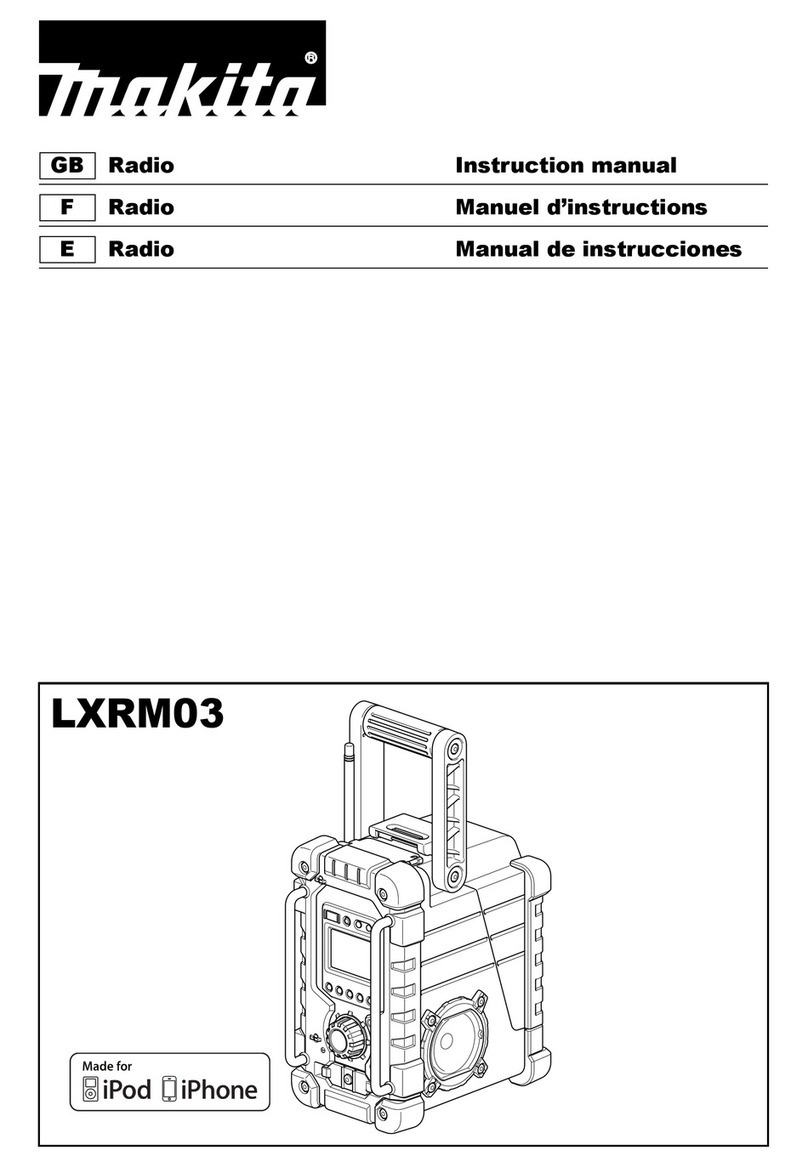
Service Manual SD170EX Series
Page 4 of 38
Contents
Amendment Record Sheet............................................................................................................ 2
Warnings ..................................................................................................................................... 3
Contents ...................................................................................................................................... 4
Introduction ................................................................................................................................. 5
Pre-Install check, Accessories & Options ...................................................................................... 6
Pre-Installation ......................................................................................................................... 6
Accessories ............................................................................................................................. 6
etc ........................................................................................................................................... 6
Product Introduction .................................................................................................................... 7
Installation ................................................................................................................................... 8
Installation ............................................................................................................................... 8
External Connections ............................................................................................................... 8
General Specification.................................................................................................................... 9
Transmitter Specification ............................................................................................................ 10
Receiver Specification ................................................................................................................ 11
Reference Crystal ....................................................................................................................... 12
Enviromental.............................................................................................................................. 12
Dimensions ................................................................................................................................ 12
Features .................................................................................................................................... 13
Access to digital and RF boards .................................................................................................. 16
Alignment .................................................................................................................................. 19
Alignment points ........................................................................................................................ 23
Flow Diagrams ........................................................................................................................... 24
CTCSS ....................................................................................................................................... 26
Interfacing ................................................................................................................................. 27
External connections .............................................................................................................. 27
DB-9 PIN descriptions with input/output level.......................................................................... 27
Channel Selection ...................................................................................................................... 29
SD170EX Layouts Control Board ................................................................................................. 30
SD171EX Layouts RF Board ........................................................................................................ 34
SD174EX Layouts RF Board ........................................................................................................ 34
SD170EX control schematic ...................................................................................................... 34
SD171EX RF schematic ............................................................................................................ 34
SD174EX RX schematic ............................................................................................................ 34
C
C
Co
o
on
n
nt
t
te
e
en
n
nt
t
ts
s
s
